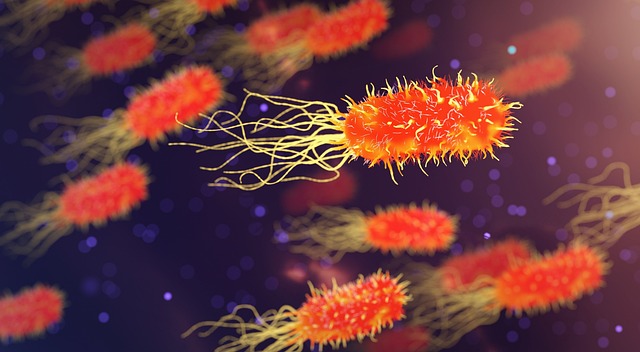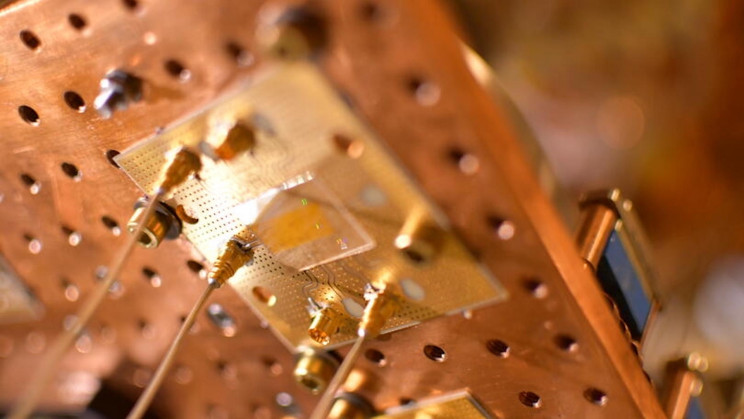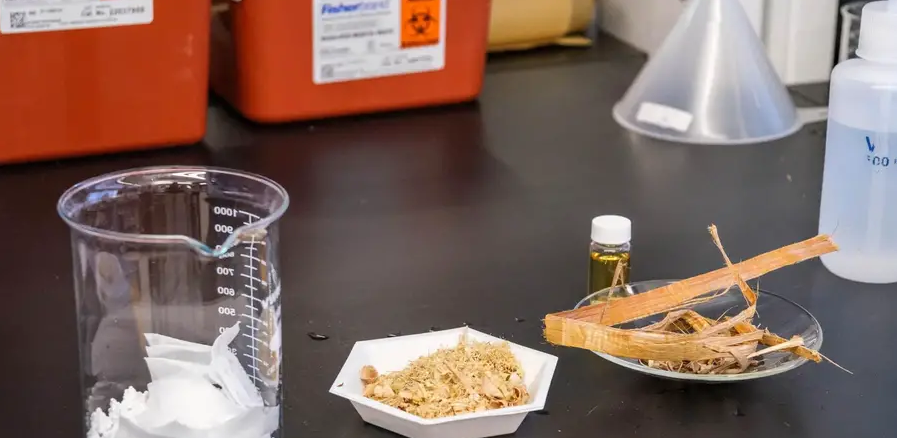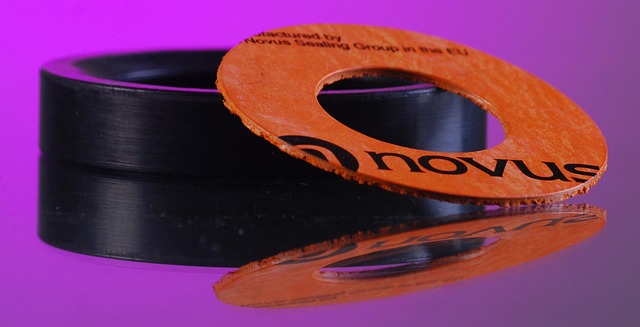As bacteria have developed resistance to many of our current antibiotics, finding new ways to combat infections is crucial. The revival of ancient bacteria could provide us with a wealth of knowledge and potential new antibiotics.
A Long-Unexplored Potential: Three Billion Years of Bacterial History
At present, the scientific study of microbial natural products is confined to the living bacteria. However, considering bacteria’s presence on Earth for over three billion years, a vast array of ancient natural products with potential therapeutic benefits remains unexplored.
Excitingly, scientists are now reviving microbial natural products dating back up to 100,000 years using dental calculus from both humans and Neanderthals. By reconstructing bacterial genomes preserved within dental calculus, also known as tooth tartar, from these ancient beings, they hope to discover new antibiotics.
A Joint Effort of Prominent Institutions
A collaborative effort involving the Friedrich Schiller University, the Leibniz Institute for Natural Product Research and Infection Biology, Harvard University, and the Max Planck Institute for Evolutionary Anthropology has paved the way for this groundbreaking research.
They have successfully reconstructed bacterial genomes from the enigmatic Pleistocene era, revealing genetic blueprints that could serve as a biotechnology platform for reviving the ancient bacteria’s natural products, potentially leading to the discovery of new antibiotics.
Piecing Together the Past
One of the most significant challenges in this endeavor was handling the billions of ancient DNA fragments, which often do not match anything in modern databases.
But recent strides in computing technology have enabled scientists to assemble these fragments like a billion-piece jigsaw puzzle, reconstructing stretches of DNA over 100,000 base pairs long and revealing the long-lost bacterial genomes of the past. This novel approach opens up promising prospects for unearthing hidden medicinal treasures from the microbial world’s ancient history.







